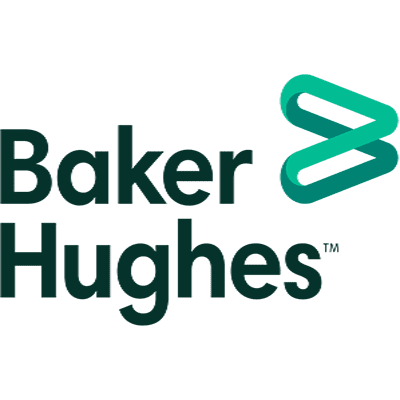OSHA compliance training
Whether onsite here in Houston or on-location at your company, Bayardo Safety can keep your operators compliant with a variety of OSHA compliance classes. Call today at (346) 324-5305 to book a class of schedule online.
OSHA Compliance Training - Bayardo Safety
Workplace safety is a paramount concern for employers and employees alike. To ensure a safe and healthy work environment, organizations across the United States adhere to the standards set by the Occupational Safety and Health Administration (OSHA). OSHA compliance training classes are a fundamental component of this commitment, offering employees and employers the knowledge and skills necessary to navigate the complex landscape of workplace safety regulations. In this article, we will explore the significance of OSHA compliance training classes and how they contribute to a safer and more productive workplace.
Understanding OSHA Compliance:
OSHA is a federal agency responsible for setting and enforcing safety and health standards in the workplace. These standards cover a wide range of industries and aim to reduce the risk of accidents, injuries, and illnesses among workers. OSHA compliance involves adhering to these standards, which can be complex and multifaceted.
The Role of OSHA Compliance Training Classes:
OSHA compliance training classes serve as a vital tool for educating employees and employers about the specific regulations that apply to their industry. These classes are designed to provide a comprehensive understanding of OSHA standards, safe work practices, hazard recognition, and the steps necessary to maintain compliance.
Targeted Training for Different Industries:
OSHA compliance training classes are tailored to different industries, ensuring that participants receive relevant and industry-specific information. For example, construction workers may undergo Construction Industry OSHA 30-hour training, while healthcare professionals might take Healthcare Industry OSHA training. These classes address the unique risks and challenges each industry faces.
Promoting a Culture of Safety:
Compliance training classes not only impart knowledge but also promote a culture of safety within organizations. Employees who receive proper training are more likely to understand the importance of safety regulations, follow best practices, and take proactive steps to prevent accidents. This culture of safety extends beyond the workplace and into everyday life, contributing to the well-being of employees both on and off the job.
Reducing Workplace Incidents:
One of the primary goals of OSHA compliance training is to reduce workplace incidents. By equipping employees and employers with the knowledge and skills needed to identify hazards and implement safety measures, these classes significantly decrease the risk of accidents, injuries, and illnesses. This, in turn, leads to fewer workers’ compensation claims, lower insurance costs, and improved productivity.
Legal and Regulatory Compliance:
Failure to comply with OSHA regulations can result in legal and financial consequences for employers. Non-compliance can lead to costly fines, lawsuits, and damage to an organization’s reputation. OSHA compliance training classes help employers stay on the right side of the law by ensuring that employees are aware of their rights and responsibilities under OSHA regulations.
Ongoing Training and Updates:
Workplace safety regulations are not static; they evolve over time to address new hazards and emerging risks. OSHA compliance training classes are designed to provide not just a one-time education but ongoing training and updates. This ensures that employees and employers stay current with the latest regulations and best practices, even as the safety landscape changes.
Conclusion:
OSHA compliance training classes are a cornerstone of workplace safety. They provide employees and employers with the knowledge and skills necessary to navigate the complex web of safety regulations and promote a culture of safety within organizations. By reducing workplace incidents, ensuring legal and regulatory compliance, and offering ongoing training and updates, these classes contribute to safer, healthier, and more productive workplaces. Investing in OSHA compliance training is an investment in the well-being of employees and the long-term success of an organization.












